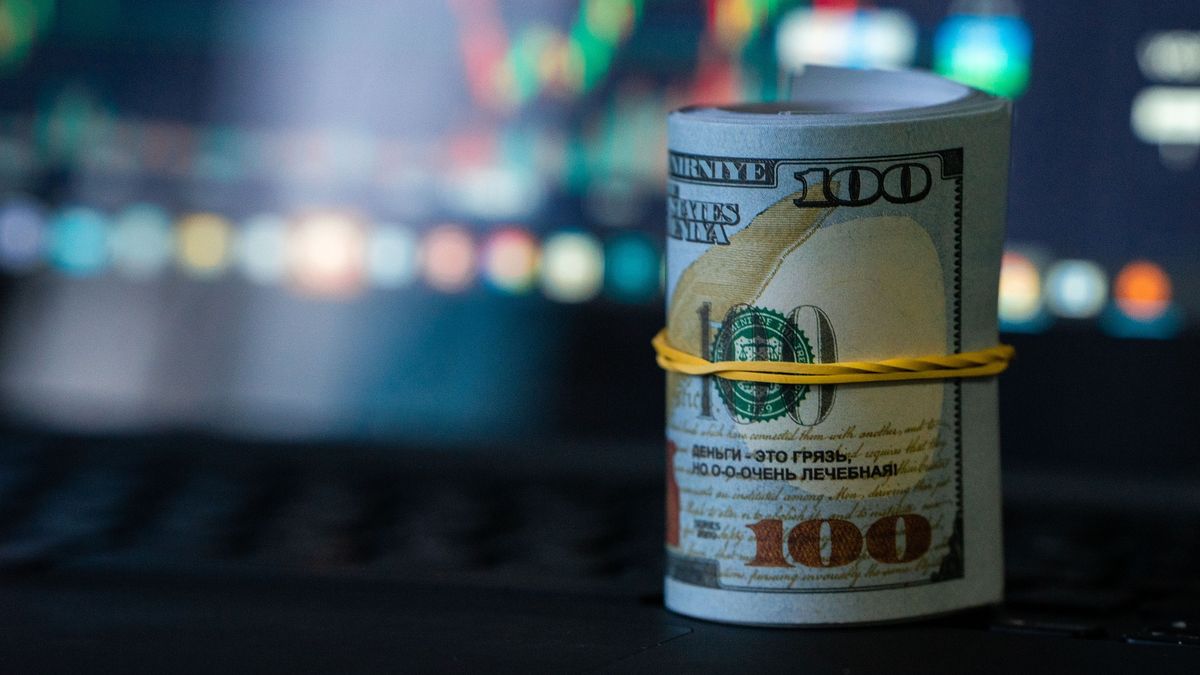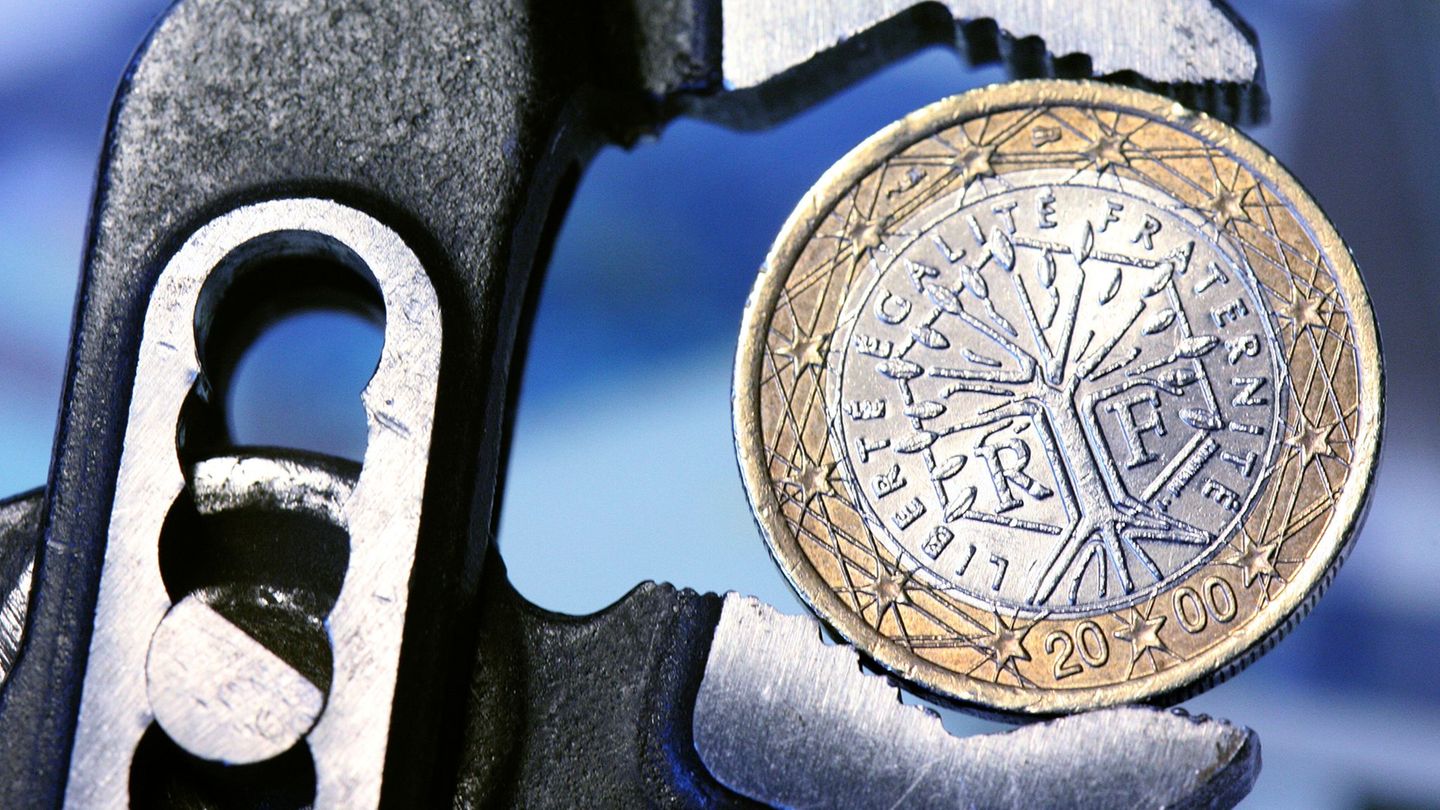In the same vein, the dollar MEP or Stock Exchange -also valued with the Global 2030 bond- plummeted 2.2% ($4.28) and also closed at $191.99which brought the spread with the official to 73.2%.
Last Friday, the IMF board endorsed the extended facilities agreement that had already been approved by the National Congress, although it warned that the global context brings with it risks for the fulfillment of the objectives in fiscal, monetary and reserve accumulation matters. In that sense, the agency advanced the first review to May.
“The agreement was approved, but with a not very friendly statement that highlights the need for structural reforms and that in turn brings forward the first review of the program for May, so it becomes imperative that the Government get out of the dynamic ‘we are seeing ‘” noted brokerage StoneX.
In terms of reserves, the understanding proposes an increase of US$5.8 billion by 2022, a challenging figure for the Government and the monetary authority, taking into account that a lower inflow of foreign currency from the trade surplus is expected compared to last year. .
A study by the Argentine Institute of Fiscal Analysis (IARAF) showed that the country would have a net debt of US$4.4 billion, taking into account all disbursements between now and 2024.which could be used as “budget support” in 2022, that is, to strengthen international reserves.
At the same time, this Tuesday The Government launched the “Plan Argentina Productiva 2030”, a project led by the sociologist specializing in economic development, Daniel Schteingart, which seeks to transform the productive and technological structure of the country, and double exports by the end of the decade “to make sustainable social and economic improvements”.
Likewise, the Government and the staff of the Fund also reached an understanding on the need to have an exchange rate compatible with the level of reserves, to attack inflation with a multi-causal approach, and to move towards a path of interest rates positive in real terms.
Regarding this last point, it is worth noting that the Central Bank (BCRA) raised rates last week for the third time so far this year. Now the Leliqs offered to banks yield almost 55% in effective terms, a figure that is still behind expected inflation but above the rate of devaluation.
According to a Reuters survey of financial analysts, the BCRA would raise its benchmark rate by at least 150 basis points again in April due to the high rate of inflation.
In this context, the economist Gustavo Ber affirmed that the calm in the financial dollars occurs before “increasing arbitrage in favor of carry-tradethe preferred tactic among operators, implemented in particular through CER titles”.
official dollar
In the official segment, the wholesale exchange rate, which is directly regulated by the BCRA, rose 14 cents to $110.82.
A few days before the end of March, the currency registers a rise of 3.4% compared to last month, already exceeding the figure for February (2.3%), although well below the expected inflation for March, which would have a floor of 5%.
The Central Bank was unable to buy foreign currency again as a result of its intervention in the foreign exchange market, and had to sell US$40 million to supply the demand. In this way, the accumulated figure for the month is still positive but fell to about US$387 million.
For the second quarter, a higher foreign currency income is expected in the second quarter due to the gross liquidation of the main grains that the country exports.
“The beginning of the end of the month with its own needs due to the closing of positions that expire next Thursday, has an impact, like every month, on demand and requires official intervention to correct the shortage, a fact that for now reduces the accumulation of reserves, the most precious official objective,” said Gustavo Quintana, of PR Corredores de Cambio.
For its part, the savings dollar or solidarity dollar -retail plus taxes- rose just four cents to $191.75 on average.
The blue dollar closed stable this Tuesday, March 29, 2022, after registering its biggest daily drop in two weeks on the previous dayaccording to a survey carried out by Ámbito in the Foreign Exchange Black Market.
The parallel dollar remained at $200, before which the gap with the official wholesale exchange rate was slightly reduced to 80.5%, the lowest level since July 2021.
Source: Ambito
David William is a talented author who has made a name for himself in the world of writing. He is a professional author who writes on a wide range of topics, from general interest to opinion news. David is currently working as a writer at 24 hours worlds where he brings his unique perspective and in-depth research to his articles, making them both informative and engaging.




